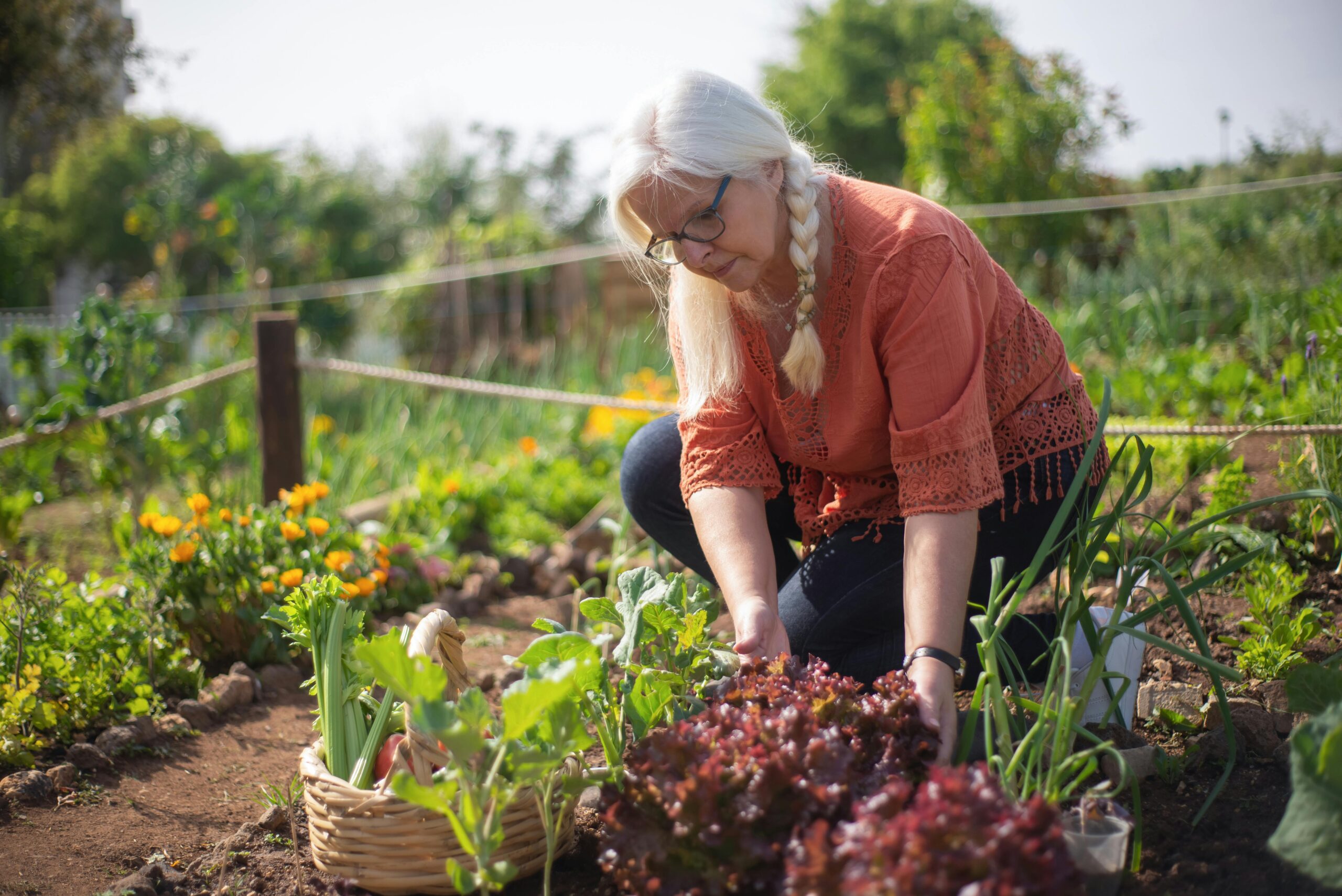How To Build A Vegetable Garden?
Growing a vegetable garden requires a lot of planning,as vegetable change from season to season.So a vegetable garden has to be done accordingly. It is highlighted below :-
Choose the Right Location:
Select a spot in your yard that receives at least 6-8 hours of sunlight once a day. Ensure the area has good drainage and is easily accessible for watering and maintenance.
Plan Your Garden Layout:
Consider the size and shape of your garden. Raised beds are popular as they provide better soil drainage and control. Plan what vegetables you want to grow and how much space each will require. Group plants with similar needs together.
Prepare the Soil:
Most vegetables prefer a pH between 6.0 and 7.0. Amend the soil with organic matter like compost or aged manure to improve fertility, structure, and drainage.
Build Raised Beds (if desired):
Construct raised beds using lumber, bricks, or other materials. Ensure they are at least 6-12 inches deep to provide enough room for root growth. Fill them with a mixture of topsoil, compost, and other organic matter.
Plant Your Vegetables:
Follow the planting instructions for each vegetable, considering factors like spacing, depth, and timing. Some vegetables can be started from seeds directly in the garden, while others may require transplants.
Water Regularly:
Keep the soil consistently moist, especially during dry periods and while plants are establishing. Water deeply to encourage strong root growth, but avoid overwatering, which can lead to root rot and other issues.
Mulch:
Apply a layer of organic mulch, such as straw, wood chips, or shredded leaves, around your plants. Mulch helps retain soil moisture, suppress weeds, and regulate soil temperature.
Provide Support (if needed):
Some vegetables, like tomatoes, cucumbers, and pole beans, may require support structures like trellises, stakes, or cages to keep them upright and off the ground.
Fertilize Regularly:
Keep your plants healthy and productive by fertilizing them throughout the growing season. Use organic fertilizers or compost to provide essential nutrients without the risk of chemical buildup.
Pest and Disease Management:
Monitor your garden regularly for signs of pests and diseases. Practice good garden hygiene, such as removing diseased plants and debris, and consider using organic pest control methods if necessary.
Companion Planting: Take advantage of companion planting by placing mutually beneficial plants together. For example, planting marigolds among your vegetables can help deter pests, while growing nitrogen-fixing plants like legumes can improve soil fertility.
Crop Rotation:
Rotate your crops each year to prevent soil depletion and reduce the risk of pests and diseases. Avoid planting the same family of vegetables in the same location year after year.
Season Extension:
Consider using season-extending techniques like cold frames, row covers, or hoop houses to protect your plants from frost and extend the growing season, especially in cooler climates.
Water Conservation:
Use water-saving techniques such as drip irrigation or soaker hoses to deliver water directly to the roots of your plants, minimizing water waste through evaporation. Consider collecting rainwater in barrels to use for irrigation.
Weed Management:
Stay on top of weeds by regularly pulling them or using mulch to suppress their growth. Consider using organic weed control methods such as hand weeding, hoeing, or applying mulch.
Regular Maintenance:
Keep your garden tidy and well-maintained by removing spent plants, deadheading flowers, and pruning as needed. Regularly inspect your plants for signs of stress, disease, or nutrient deficiencies.
Learn and Adapt:
Gardening is a continuous learning process, so don’t be afraid to experiment and learn from your successes and failures. Keep a gardening journal to track what works well in your garden and what doesn’t, and be open to trying new techniques and varieties.
Community Involvement:
Consider joining a local gardening club or community garden to connect with other gardeners, share resources and knowledge, and foster a sense of community around gardening.
Enjoy the Process:
Remember to enjoy the journey of gardening, from planning and planting to nurturing and harvesting. Gardening can be a therapeutic and rewarding experience that connects you with nature and provides you with fresh, healthy produce to enjoy with family and friends.
To get organic vegetables ,you can grow a vegetable garden in your yard .Make the garden according to the rules and make the garden green.







Leave a Reply